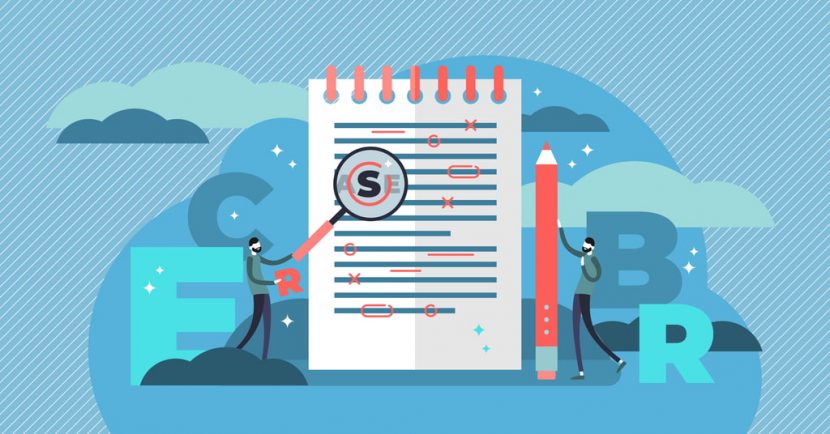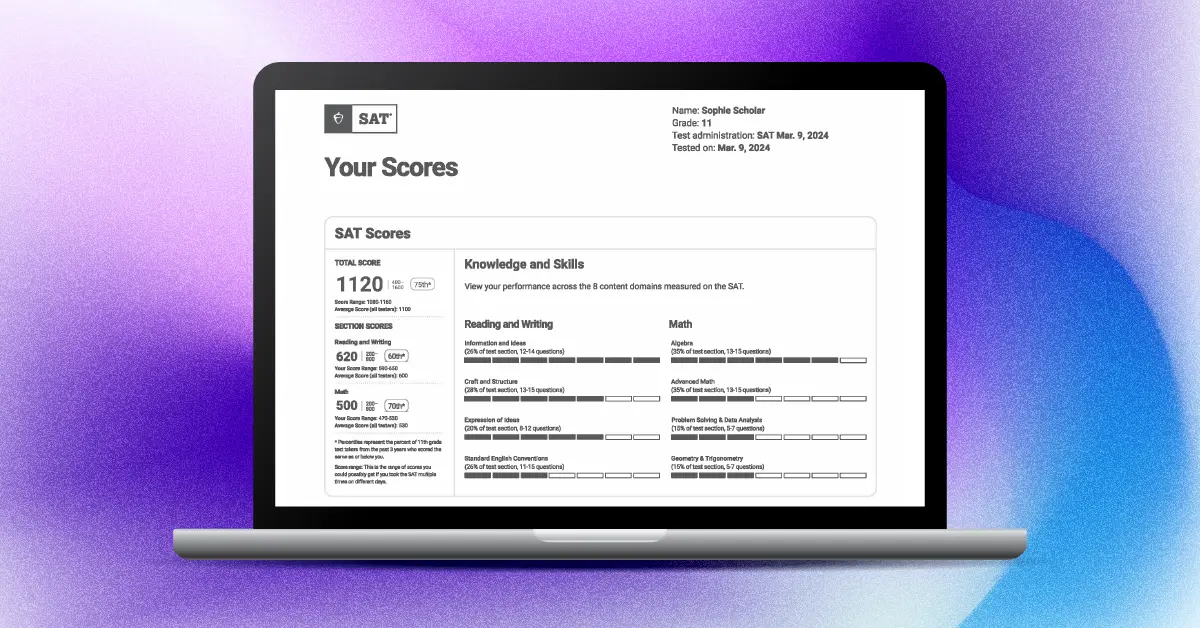Identifying errors on the SAT® Writing test can feel overwhelming. A wide range of punctuation and grammar errors is tested in this section of the exam.
What to Expect
Here are some examples of errors that may come up in the writing test:
- Inconsistencies in tone and style
- Lack of parallel structure
- Lack of concision
- Lack of evidence or ineffective evidence
- Improper transitions between ideas
- Improper word usage
- Improper or excessive punctuation use
The question will direct you to a location in the text that is marked by the question’s number. The sentence or phrase in question may be underlined. Some questions may direct you to a less specific part of the passage or ask about the passage as a whole.
Most questions will be formatted with three options to replace the underlined portion of the text with an additional option that says “NO CHANGE.” This question type will often require you to assess the four answer choices and decide if any of them would improve the sentence or phrase’s current structure.
If you think that the best version of the sentence or phrase is already in use in the passage, you can select the “NO CHANGE” option and leave the text as is. Some questions will ask you to make a more specific decision.
Instead of choosing an answer choice that makes a general improvement, you may be asked, “Which choice best maintains the sentence pattern already established in the paragraph?” or “According to the information in the graphic, which claim most effectively supports the author’s claim in paragraph 5?”
What You Need To Study
To improve sentence errors, you can start by focusing on grammatical errors with subject-verb agreement, noun usage, conjunctions, verb tense, idioms, modifiers, pronoun agreement, pronoun case, illogical comparisons, adjectives, and adverbs.
You should also focus on understanding patterns in order to improve errors with inconsistencies in tone, style, or structure. Practice interpreting and using graphics for questions that ask about additional evidence in graphs, tables, and charts. You can also work to improve a sentence’s conciseness by studying run-on sentences, redundancy, and word choice.
Steps to Improve Errors
Find the location by looking for the number that correlates to the question you are on. Then read and understand the surrounding information. Start by looking for common errors. Questions that address errors with gerunds, dangling modifiers, idioms, pronouns, and faulty comparisons are commonly missed. Finally, use what you know!
Brush up on grammar rules, including rules for verbs, prepositions, nouns, pronouns, adjectives, and adverbs to do well with this section of the SAT exam.
While answering these questions, it is crucial that you take your time. When making decisions, focus on grammar rules. Favoring how a sentence sounds can lead you astray, as the SAT test will try to confuse you with options that sound correct while being grammatically flawed.
In your practice work, focus on your reasoning skills. If you can’t back your answer up with a grammar rule, you may need to reevaluate your selection. If you feel stuck on a question that appears to have more than one right answer, remember that the most concise choice is often the most correct.
You can practice making improvements in the Writing section of the SAT exam using UWorld’s SAT online learning tool. This resource will provide you with performance tracking tools to hone in on the areas you can improve the most.
It also offers thousands of practice questions with detailed explanations to help you learn from your mistakes. You can use these resources to streamline your studies and maximize your scoring potential. Try it out!




